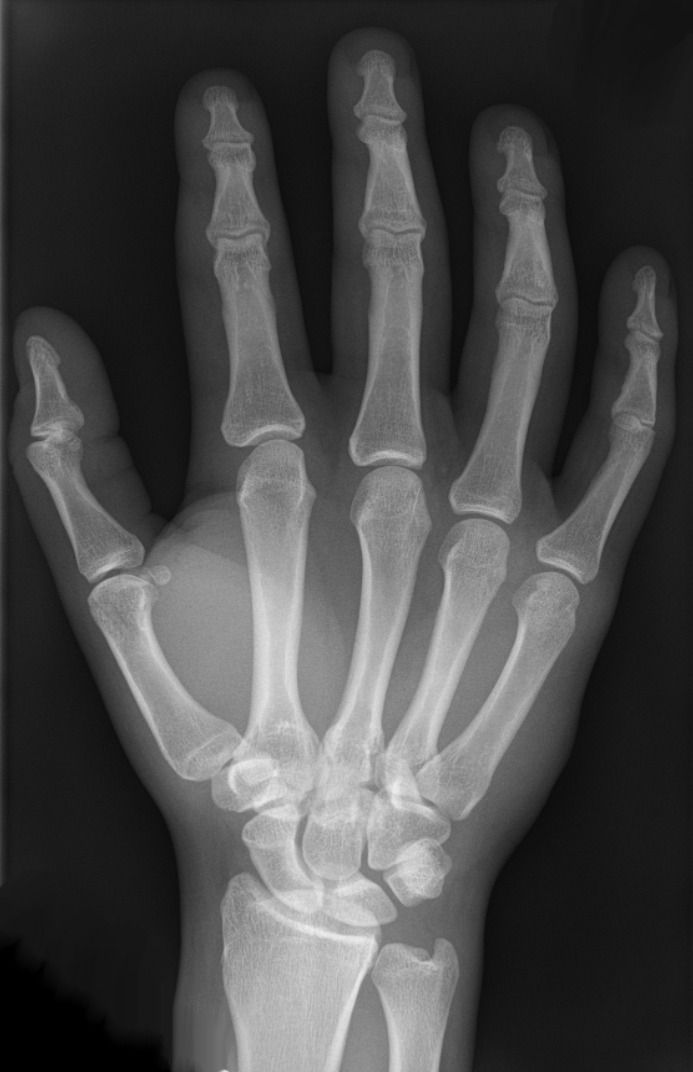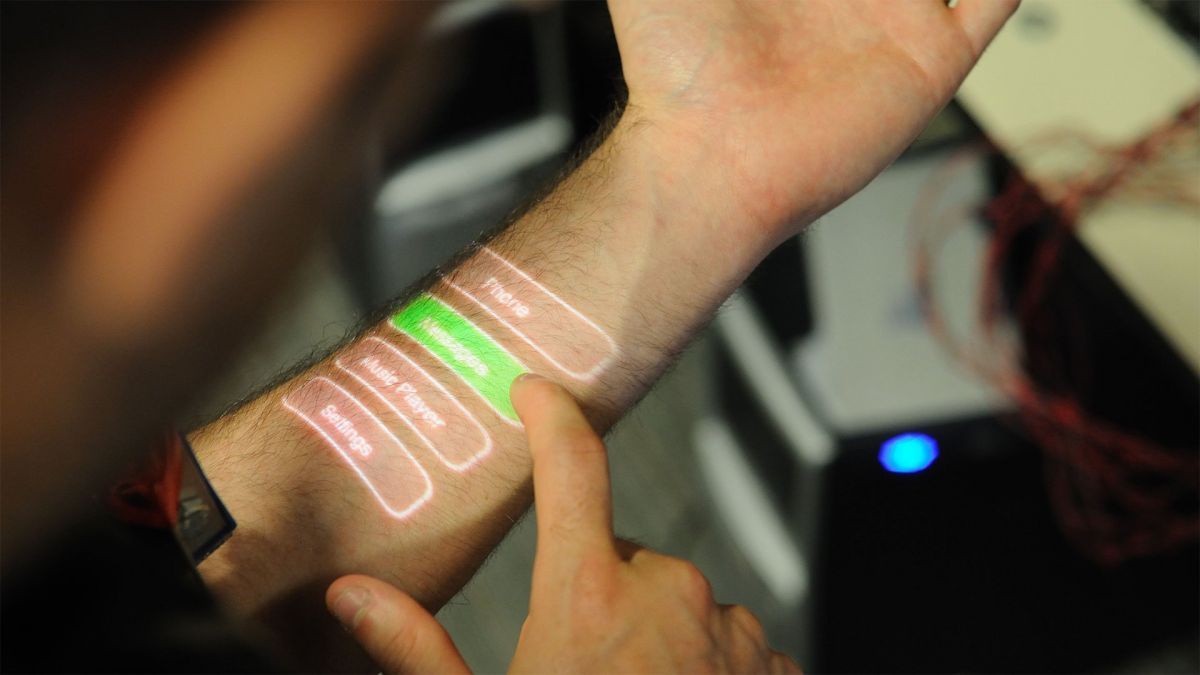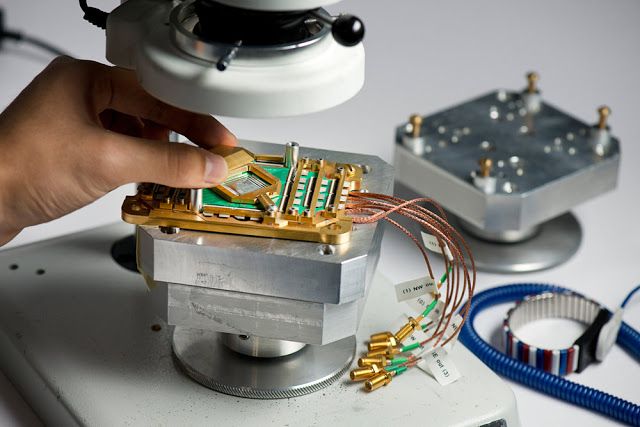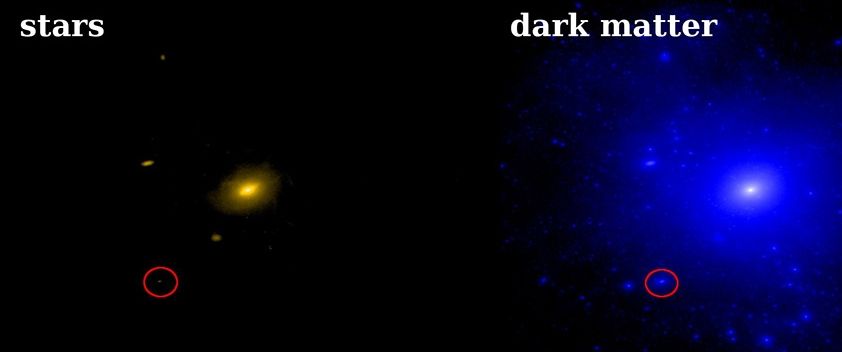Nov 19, 2015
‘Power Over Wi-Fi’ named one of the year’s game-changing technologies
Posted by Shailesh Prasad in categories: electronics, energy, internet
University of Washington engineers have developed a novel technology that uses a Wi-Fi router—a source of ubiquitous but untapped energy in indoor environments—to power devices.
The Power Over Wi-Fi (PoWiFi) system is one of the most innovative and game-changing technologies of the year, according to Popular Science, which included it in the magazine’s annual “Best of What’s New” awards announced Wednesday.
The technology attracted attention earlier this year when researchers published an online paper showing how they harvested energy from Wi-Fi signals to power a simple temperature sensor, a low-resolution grayscale camera and a charger for a Jawbone activity tracking bracelet.

















